Sicily Volunteer Lodgings Boast Historical Roots
We always strive to provide secure, comfortable lodging in all partner communities; a bonus is sometimes, the building where we stay also is culturally and historically significant to the area. Such is the case in Castelvetrano, Sicily, where volunteers are lodged in two guesthouses nestled in the historic city center; the Palazzo al Carmine and Xenia Home. Sicily Country Manager and Manager of International Operations Giovanni Parrino shares his knowledge of these guesthouses, both cherished landmarks in his beloved hometown.
Palazzo al Carmine
The Palazzo al Carmine began its life as Palazzo Saporito in the 19th century, when it was occupied by the predominant economic force in Castelvetrano at the time – the Saporito family. The the entire economy of the city depended directly or indirectly on this family. It was for the interest of Vincenzo Saporito then Deputy in the National Parliament for the college of Castelvetrano, he was responsible for the construction of the Palermo/Trapani line, Via Castelvetrano, and the railway station of San Nicola, in the territory of Mazara, where the family had rich landholdings. For our territory, it was a great achievement because, in the absence of other land means of communication, the railway was then the only artery that kept Italy united.
Baroness Ada Saporito still alive, Vincenzo’s niece, asserts that the forefather of the whole family would be Lieutenant Colonel Vincenzo Caime, called “Sapuritu”, because that’s what a handsome man is called in Sicilian. He had two sons Giuseppe and Stefano. There is little information about Stefano, since he remained a bachelor, while it is known that Giuseppe marries Giuseppina Gagliano Curria of Agrigento, meant “the rich”, because she was very rich, it was she who had this palace built, bringing it as a dowry to her husband Lu Sapuritu, the palace welcomed the whole family and servants. Giuseppe by profession was “gabellotu”; in those days gabellotu was a land expert who rented one or more fiefdoms, giving the owner a fee called “gabella”, only to sublet it to small lots, to other gabelloti or to peasants with halter contracts, leaving the bulk to him of the gain.

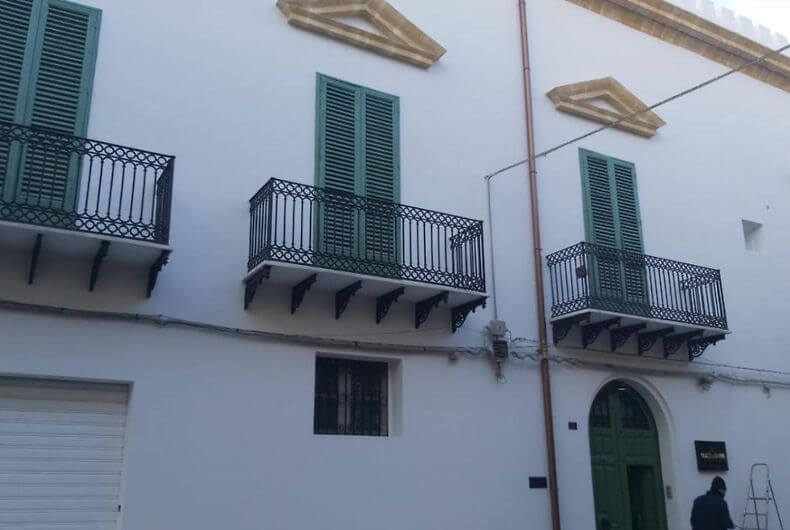
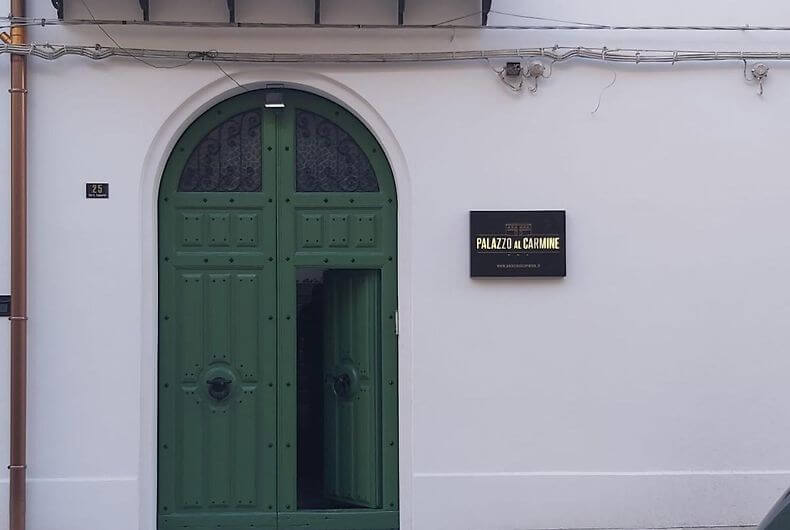
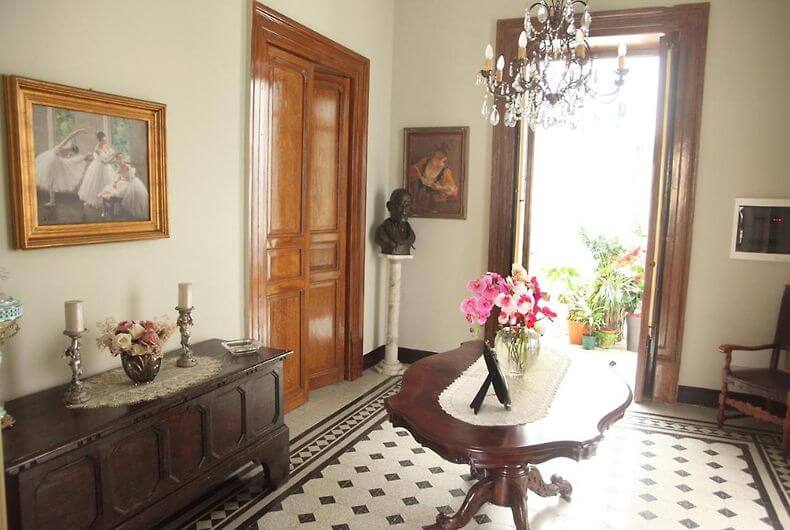
The palace remained their property for several years, when for economic reasons they had to sell it around the 1950s / 60s. It was bought by the Seidita Emmellino family who in those years came forward economically as rich oil and cheese traders. The building was partially renovated to allow the family to live there. The Seidita Emmellino family had three children Tonino, Lillo and Franca, the children lived in that building until they married and made their family, except Franca, the only daughter who remained next to her mother in another wing of the building.
After years, the historic palace of Castelvetrano entered the hereditary axis and so one of the seven grandchildren, Pasquale Mangiapane, son of Franca and Nicolò Mangiapane, became its owner, and it was thanks to him and his wife that it was restored with conservative works and consolidation, respecting the old architecture, and creating an Ecolab B&B, now known as Palazzo al Carmine historic residence. the Palace retains the style, the appearance, and the original floor with the precious individually embedded bricks. Today, it is the only noble palace in Castelvetrano that has been restored.
Xenia Home
Xenia Home emerged from the vision of Giancarlo Filardo, a dynamic and young entrepreneur who, in 2013, took on the ambitious task of revitalizing his family’s eighteenth-century palace in the heart of the historic center of Castelvetrano. What started as a scattered collection of ruins gradually transformed under his dedicated care.
The meticulous renovation efforts, initiated in 2016, spanned five years, culminating in the grand opening of Xenia Home in July 2021. This multifunctional space not only stands as a testament to architectural restoration but also aims to foster diverse production activities centered around hospitality and the appreciation of the local heritage.
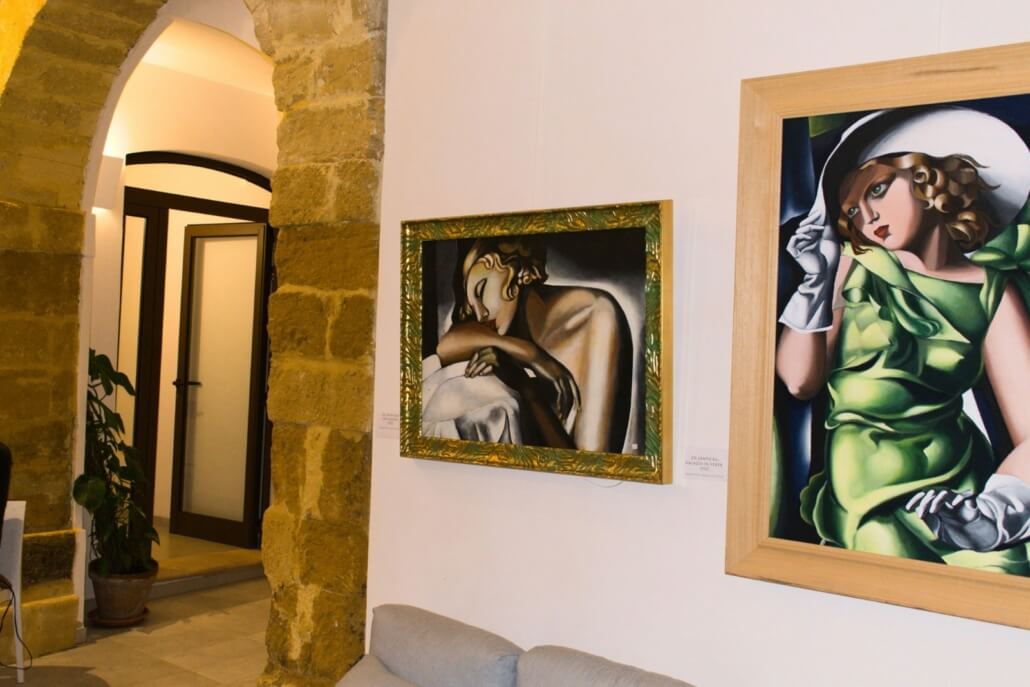
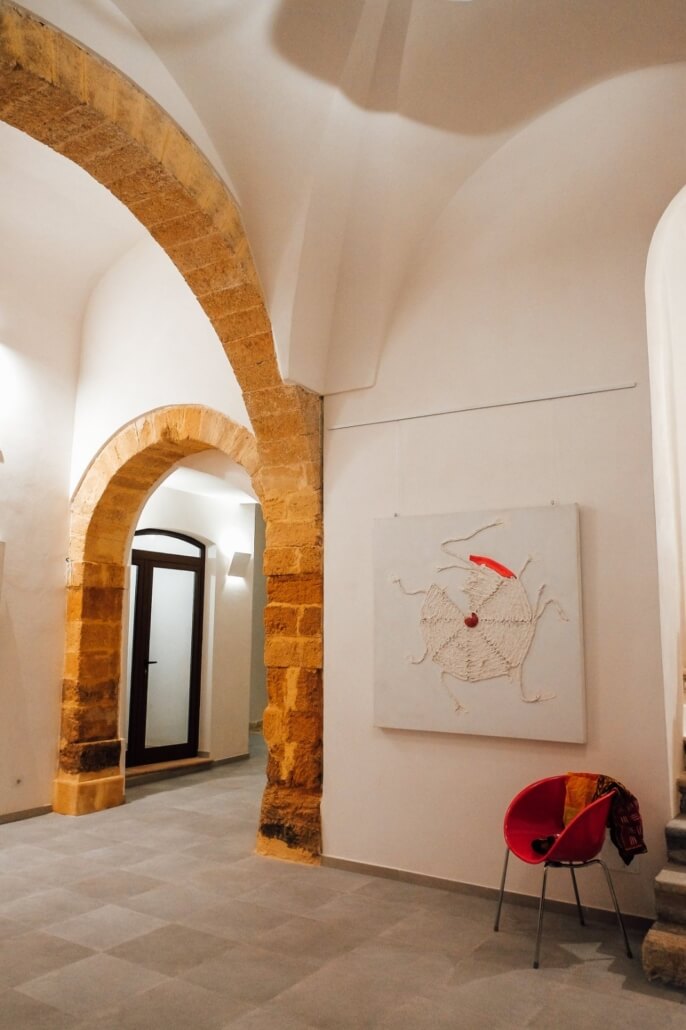
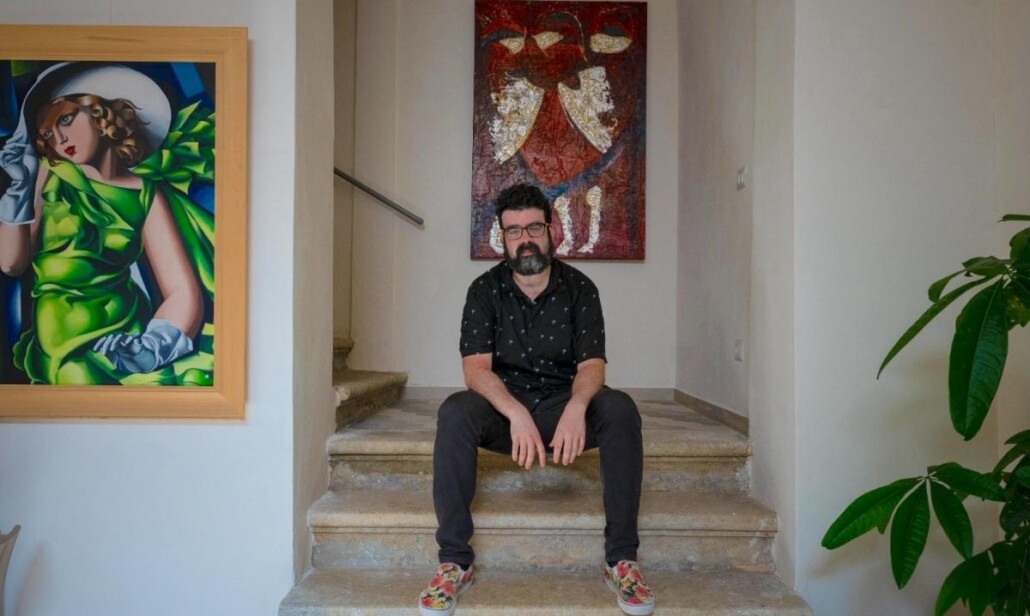
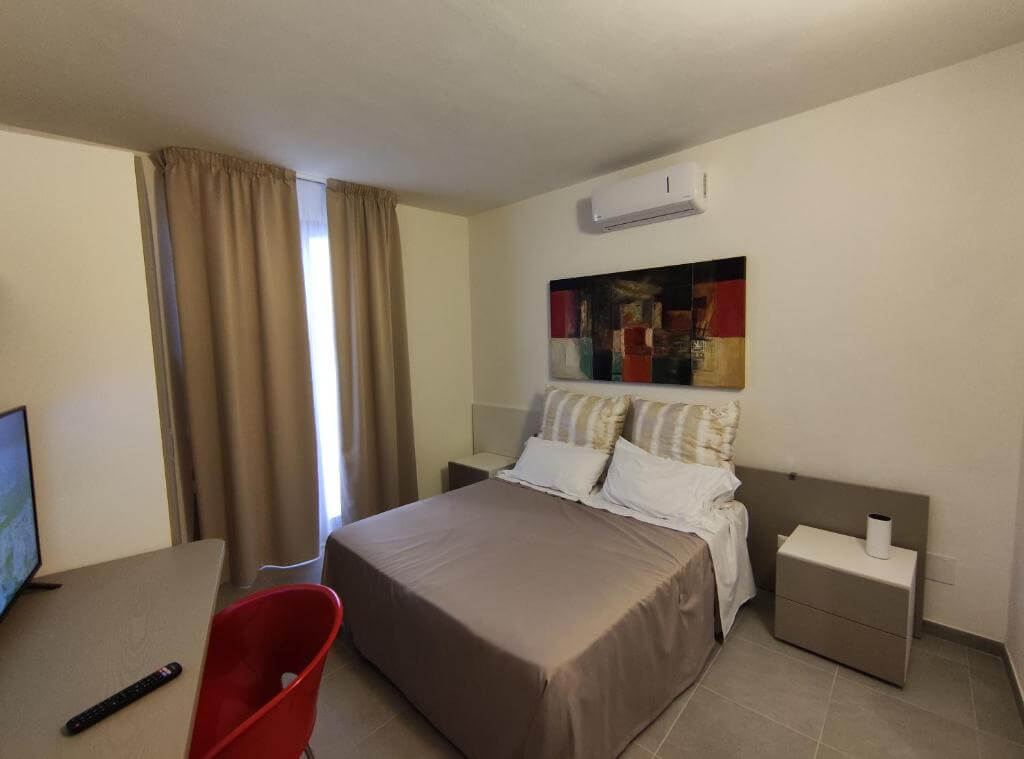
Derived from the Greek word for “hospitality,” Xenia Home embodies the essence of boutique hospitality. The manor house offers inviting communal spaces designed for both work and relaxation. Boasting three distinct sleeping quarters, including a double occupancy room with a private bath, and two additional rooms sharing a bathroom—one double and one single.
Situated in a central location, the manor is conveniently within a 10 to 15-minute walking distance from most schools and a mere 5 minutes from Palazzo al Carmine, the designated venue for team meetings. Adding a touch of local artistry, the residence features an impressive collection of paintings, courtesy of Giancarlo Filardo’s renowned artist mother. Volunteers staying at Xenia Home experience a blend of historical charm, contemporary comfort, and artistic inspiration.




Leave a Reply
Want to join the discussion?Feel free to contribute!